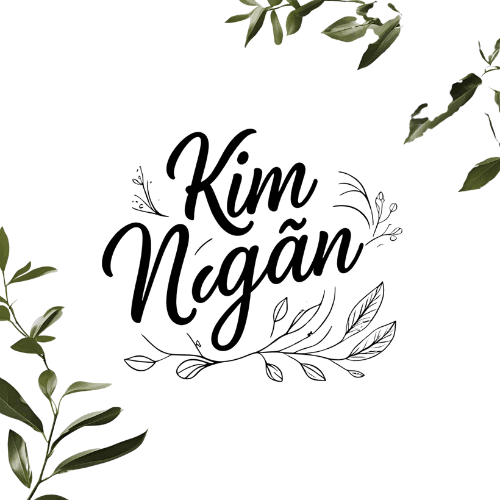Northern Vietnam – Where Mountains Meet the Sky
Northern Vietnam – Where Mountains Meet the Sky
There’s something about the North of Vietnam that makes you slow down — not out of choice, but instinct. Perhaps it’s the way the clouds hang low over the terraced rice fields of Mu Cang Chai. Or the way the winding mountain roads near Hà Giang force you to take things one breath at a time. Or maybe it’s the quiet dignity of the ethnic villages perched on hillsides, where time moves to a rhythm all its own.
I remember the first time I saw Sapa in the early morning. Mist blanketed everything, and the roofs of the wooden houses barely peeked out like little islands in a sea of white. The air was sharp and still. My husband and I didn’t speak much — we didn’t need to. We just walked slowly through the waking town, past markets where H’mong women in indigo skirts arranged fresh herbs and sticky rice into neat piles. It felt like entering a painting we weren’t meant to disturb.
The North Is Not Just a Place. It’s a Feeling.
Northern Vietnam is often where people start their journey — landing in Hanoi and moving northward — but for me, it’s where the soul of Vietnam breathes deeply.
It’s in the silence of Ninh Bình’s limestone karsts rising from still waters.
It’s in the smoky fragrance of grilled corn on chilly mountain nights in Mộc Châu.
It’s in the quiet hospitality of a Tay family who offered us tea beside a fire in Ba Bể, just because we looked cold.
There’s no rush here. No loud advertisements. No polished attractions. Just earth, sky, and stories passed down like old songs.
A Landscape That Teaches You to Be Still
In Hà Giang, the roads carve through mountains like rivers frozen in stone. We rode on a motorbike through the Đồng Văn Karst Plateau, sometimes hours without seeing another soul. Sometimes we’d stop, not because we were tired — but because the view demanded reverence.
At one point, we sat beside a cliff and shared a piece of bánh chưng we’d packed from a market in Hà Giang town. It wasn’t planned, wasn’t photographed, wasn’t perfect. But it’s one of the memories that stayed.
Up there, above the clouds, the only sounds were wind and the occasional bell on a buffalo’s neck far below. The North humbles you like that — reminding you that the world doesn’t need to be loud to be powerful.
The Culture Whispers, Never Shouts
People in the North don’t speak much, at least not to strangers. But if you stay long enough, they begin to open — quietly, generously.
In a village near Yên Bái, a woman showed us how to dye fabric with indigo. Her fingers moved slowly, precisely, dipping and wringing, dipping and wringing, as if time meant something different there. She never asked for payment — just smiled and offered sweet tea brewed with mountain leaves.
In another corner of the region, a Dao man in red embroidery guided us through a narrow forest trail. We didn’t understand much of what he said, but his laughter stayed with us long after the trek ended.
The North doesn’t entertain. It invites.
If You Go, Go Gently
Don’t try to “see everything” in Northern Vietnam. That’s not what this land is for.
Let yourself get lost.
Wake up with the mist.
Spend three hours on a single pass because you keep stopping for views.
Buy sticky rice wrapped in banana leaves from an old woman who doesn’t speak your language.
Accept the tea. Always accept the tea.
You don’t visit the North of Vietnam the way you visit a tourist destination. You enter it like you enter a forest — quietly, curiously, and with your heart open.
🌿 Practical Notes
Best time to visit: September to November, when rice terraces glow golden and skies are clearest.
What to bring: Layers for cool mornings, a scarf for the mist, and an open heart.
Local tip: Always carry small change — the best tea in the North is often free, but the kindness deserves something in return.
With care and quiet wonder,
Kim Ngân – storyteller of slow journeys
